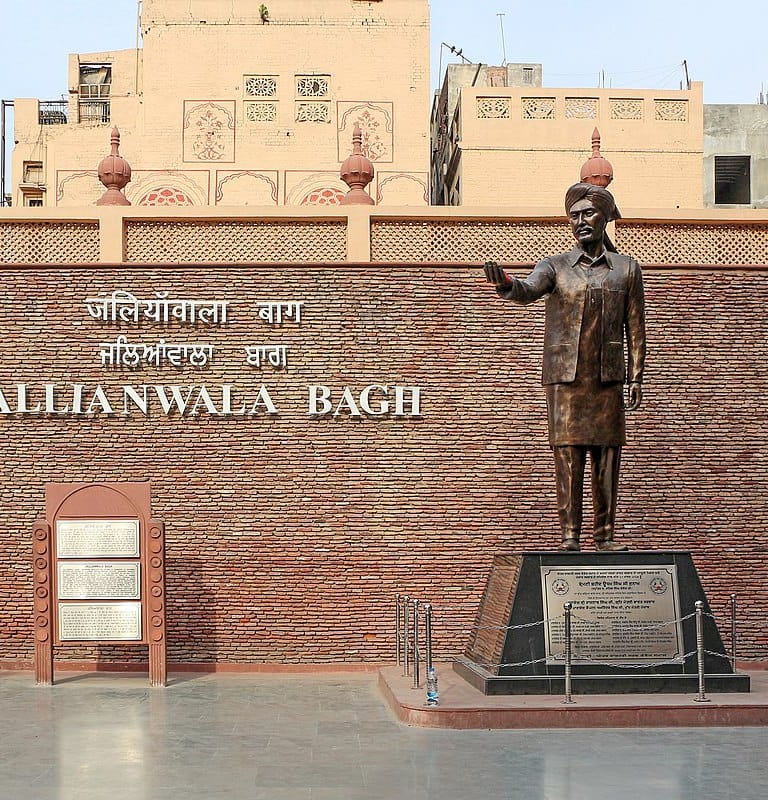Group of ROYAL ROUTE TRAVEL CALL - 09876300365 03JPMPK9672EIZF info@taxiserviceinamritsar.com
Jallianwala Bagh Amritsar
Here is a concise yet powerful description of the Jallianwala Bagh Massacre and Shaheed Udham Singh — both are deeply connected to India's freedom struggle and to Amritsar’s identity:
---
🩸 Jallianwala Bagh Massacre (1919):
On April 13, 1919 (the day of Baisakhi), thousands of Indians, including women and children, gathered at Jallianwala Bagh in Amritsar for a peaceful protest against repressive British laws.
Without any warning, General Reginald Dyer ordered his troops to open fire on the unarmed crowd.
In just 10 minutes, over 1,000 people were killed and more than 1,500 injured (unofficial figures — British records claimed fewer).
The only exit was blocked, and many people jumped into the well inside the garden to escape bullets, where dozens died.
This brutal massacre became a turning point in India’s freedom struggle, igniting widespread anger and resistance against British rule.
---
Shaheed Udham Singh (1899–1940):
Born in Sunam, Punjab, Udham Singh was just 19 years old when he witnessed the Jallianwala Bagh massacre.
Deeply affected, he vowed to avenge the massacre.
After years of struggle and planning, on March 13, 1940, he shot and killed Michael O'Dwyer (the former Lieutenant Governor of Punjab who supported the massacre) in London.
He was arrested, tried, and hanged on July 31, 1940 in Pentonville Prison.
Udham Singh became a symbol of justice, bravery, and sacrifice in Indian history. He was posthumously titled Shaheed-i-Azam.


Reliable taxi service across multiple regions available.
Contact INFO
Support
info@Taxiserviceinamritsar.com
Call Us: +919876300365
Got Questions? Call Us 24/7!
Guru Nanak Wara, Railway Station Road, Near Khalsa College, Amritsar Punjab 143001
Amritsar to Delhi
Taxi Service in Amritsar
Top Destinations
Amritsar to Chandigarh
Amritsar to Dalhosie
Amritsar to Dharamshala
Amritsar to Shimla
Amritsar to Pathankot
Amritsar to Jammu
Amritsar to Srinagar
Amritsar to Palampur
Amritsar to Chintpurni Temple
Amritsar to Jawal ji Temple
Amritsar to Kangra Devi
Amritsar to Chamunda Devi
Amritsar to Maa Vaishno Devi
Amritsar to Tarn Taran Sahib
Amritsar to Goindwal Sahib
Amritsar to Baba Budha Sahib
Amritsar to San Sahib
Amritsar to Cheharta Sahib
Amritsar to Khadur Sahib
Amritsar to Anandpur Sahib
